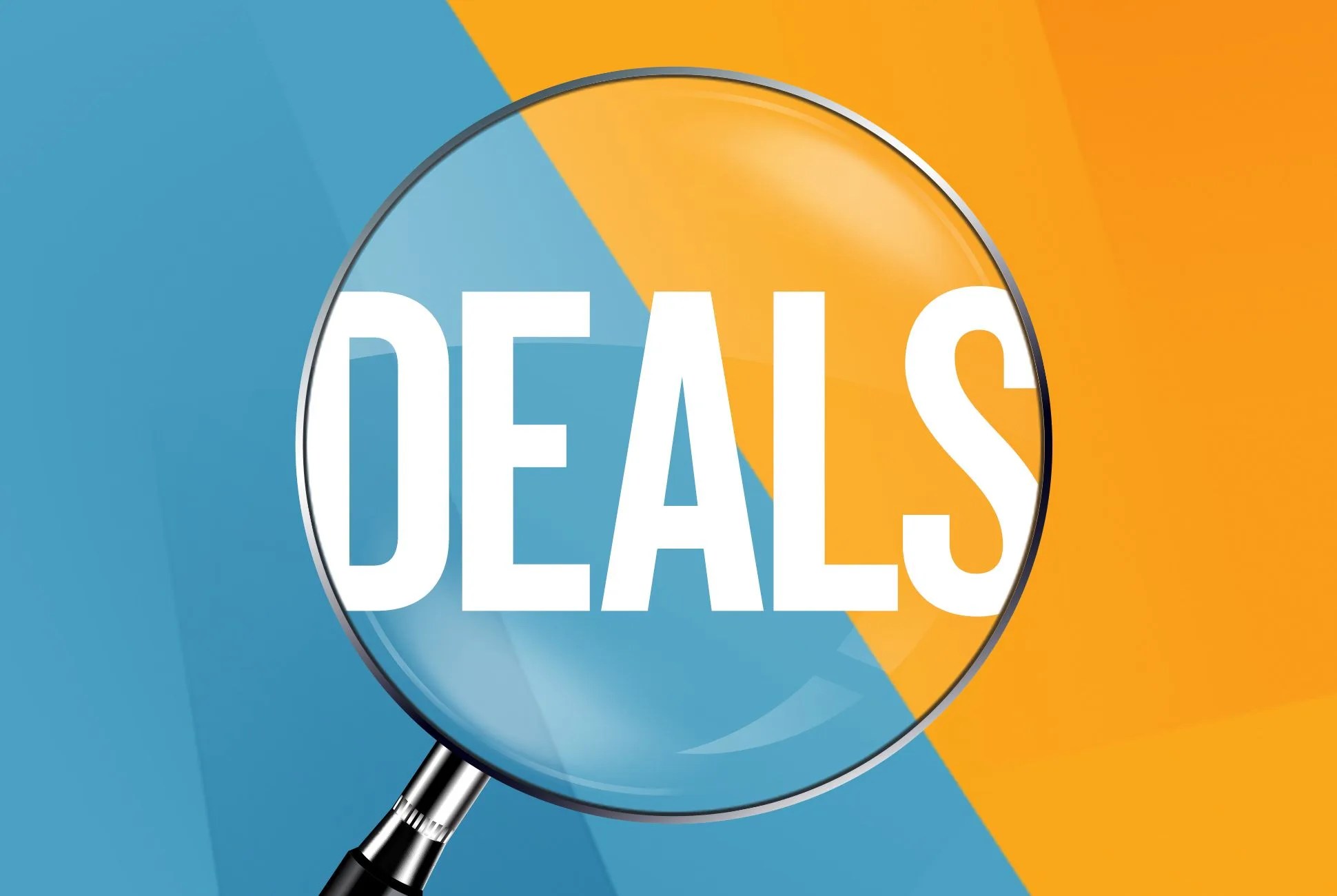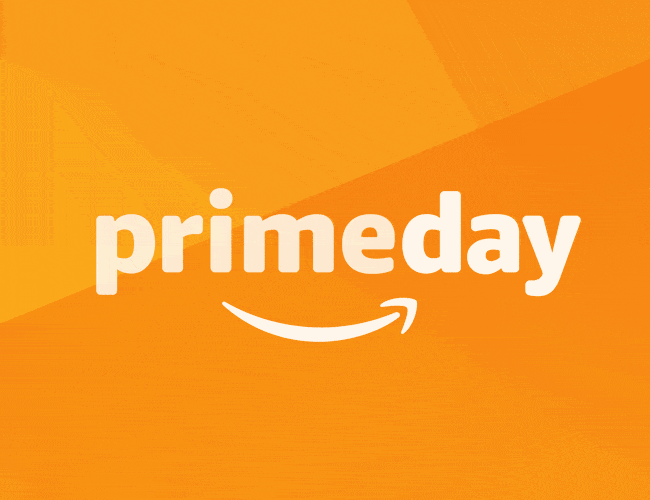
My Amazon Prime journey started as a free trial that I forgot to cancel. Living in a small Southern town where stores closed at 5 p.m. (if they were open at all) was the sticking point. So were the deals. We’ve all done it: “This pack of pens is usually $10.99, but Amazon has them for $5.38 — what a bargain!” These small savings helped me justify my membership dues. A year later, finding daily deals, especially on Amazon, became, literally, part of my job. And as a loyal Prime subscriber and professional deal-finder, you’d think I’d be all over Prime Day. There are great deals, sure — but pay attention. Slashed-out prices can be misleading — so follow these tips before you hit “buy.”
1. See what the experts are saying.
Our team has spent numerous hours selecting and fact-checking the best best deals to shop on Prime Day, ones that are actually sales worth your time.
2. Fact-check the sale price.
Price slashes can be misleading, and large “discounts” can hide the fact that the item isn’t really on sale at all. To determine whether the “sale” price is actually a sale, do your research. The Wirecutter recommends using the website CamelCamelCamel, which helps you quickly determine whether an Amazon deal is actually a deal. Other tools include the Chrome plugin Honey, or Wikibuy, which sorts through various codes and deals to find you the lowest price.
3. Be smart with your membership.
Your risk is lowest if you already have a Prime membership, because you’ve already purchased it and determined its value. But if you’re buying a membership just to access Prime Day deals, choose wisely to make sure your membership doesn’t cost more than your potential savings. You can get a 30-day trial, student trial, discounted membership or a $10.99/month subscription; with all of these options, even if you are slightly overpaying for a “deal,” you’ll be saving a great deal due to free two-day shipping alone.
4. Skip Prime Day altogether and look for everyday deals instead.
There’s something to be said for racking up everyday savings and not relying on one-off sales like Prime Day and make an unnecessary purchase in the name of a “deal.
My personal favorite tool is Ebates, a subscription-based coupon and cash-back service that gives small amounts of cash back on each purchase and rewards you with a “Big Fat Check” twice a year or so (and yes, it really works; no, I’m not getting a cut.)
Essential Deal-Hunting Knowledge:
As Deals of Note writers, it’s our job to determine whether a deal is actually a deal. That slashed-out price you see in an online sale is called the list price. It can be misleading at best, and completely false at worst. Products are rarely sold at that rate, and slash-throughs can be strawmen to persuade you to buy a product at the street price, a product’s actual price point. A deal isn’t always a deal, especially if you’re purchasing a membership just to access one.

